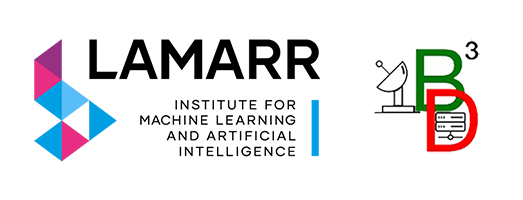NP-hard problems regularly come up in video games, with interesting connections to real-world problems. In the game Minecraft, players place torches on the ground to light up dark areas. Placing them in a way that minimizes the total number of torches to save resources is far from trivial. We use Quantum Computing to approach this problem. To this end, we derive a QUBO formulation of the torch...
Imaging atmospheric Cherenkov telescopes (IACTs) typically require simulations to obtain labeled training data for reconstruction tasks. For the specific task of gamma hadron classification, we show that no simulations are needed if the direction of each event is employed as a so-called "noisy label". Machine learning research on the theory of class-conditional label noise provides us with...
The GAIA DR3 presents scientists with new opportunities to investigate star clusters due to the increased number of light sources (~1.6 billion) and improved precision of the data. A natural ansatz is now to attempt to create a comprehensive catalogue of star clusters using Machine Learning tools. The specific tools to be used are clustering algorithms, such as DBSCAN, HDBSCAN, and OPTICS....
Unfolding corrects measurements of distributions if these measurements are affected by distortions and limited acceptance of the detector. We show that Computer Science knows unfolding under a different term, as "quantification learning" or as "class prior estimation". Through this connection, we use advancements made in Computer Science, both concerning the theoretical understanding of the...
Submodular Function Maximization arises in many different applications fields in Machine Learning and Data Science, especially in Data Summarization. In Data Summarization, we want to select a meaningful subset of the data points for human inspection so the user can get a quick overview of meaningful data points. We contributed a novel Submodular Function Maximization algorithm called...

